For centuries, truss systems have been an essential part of structural constructions, providing structural support and stability to rooftops, bridges, and many other architectural wonders. Truss systems have evolved over time, from basic timber trusses, to more advanced steel frameworks, reflecting advances in materials, engineering concepts, and construction methods. In this article, we’ll take a look at the fascinating history of truss systems, and their importance in modern structural engineering. We’ll also explore the role of structural consultants in Bangalore.
Early Truss Systems:
Truss systems have their roots in ancient civilizations, where primitive truss structures were used to construct temples and palaces, as well as other monumental buildings. The earliest truss structures were usually constructed from timber or stone, and had simple geometric shapes like triangles and rectangles. These primitive truss structures played an important role in roof and ceiling support systems, as they distributed loads evenly and prevented structural failure.
Industrial Revolution and Steel Trusses:
The Industrial Revolution in the late 1700s and early 1800s changed the way truss systems were designed. With the availability of steel and advances in manufacturing techniques, engineers began experimenting with steel truss systems. Compared to timber trusses, steel trusses were much stronger, more durable, and more flexible. They quickly became the standard of modern architecture, allowing for the construction of large industrial plants, railway lines, and bridges.
Advancements in Design and Analysis:
Truss systems were designed and analysed based on structural engineering principles. Analytical techniques and computational tools were developed to help engineers optimise truss structures by taking into account load distribution and stress concentrations, as well as material properties. With the development of CAD software, the design process became much more precise and efficient. CAD software enabled engineers to model and simulate truss systems, allowing them to test them with greater accuracy and effectiveness.
Innovations in Materials and Construction Techniques:
Truss systems have been further developed in recent decades as a result of advances in materials science and building methods. For example, engineered wood products like glulam beams or LVL (Laminated Veneer Linen) have been developed as sustainable alternatives to timber trusses in terms of strength, stability and dimensional stability. Additionally, prefabrication and modular building methods have made it easier to assemble truss systems, saving time and money while also improving quality control.
Specialized Applications and Structural Challenges:
Truss systems can be used for a variety of purposes, from residential rooftops to long-distance bridges and industrial structures. Each application brings with it its own set of structural issues and design requirements, which must be addressed by the structural consultants. In Bangalore, a city renowned for its architectural creativity and engineering prowess, the role of structural consultants in the design and implementation of truss systems is critical to the success of any project.
Future Directions and Sustainable Truss Designs:
Looking ahead, the evolution of truss systems continues with a focus on sustainability, resilience, and innovation. Engineers are exploring novel materials such as carbon fibre composites and bio-based polymers to develop lightweight, high-performance truss systems with reduced environmental impact. Integrating renewable energy technologies such as photovoltaic panels and wind turbines into truss structures offers opportunities for energy generation and efficiency.
In conclusion, the development of truss systems is a testament to the ingenuity and innovation of structural engineers over the years. Truss systems have evolved from simple timber trusses, to complex steel frameworks, to meet the changing needs of modern construction. The structural consultants in Bangalore play an essential role in developing, analysing, and implementing truss systems, which will ensure that buildings and infrastructure will be safe, durable, and sustainable for future generations.

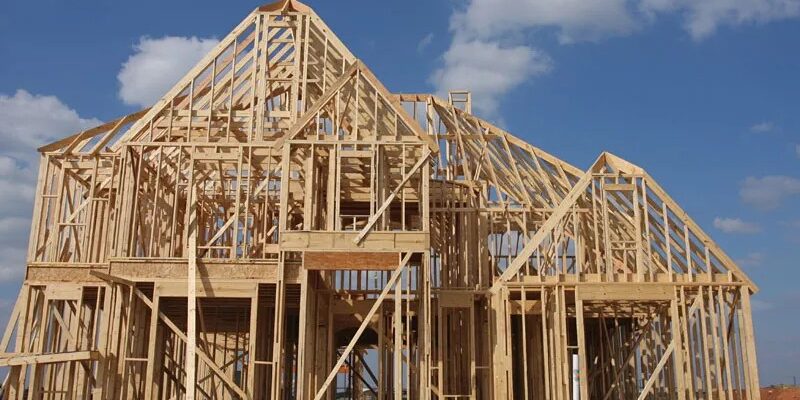
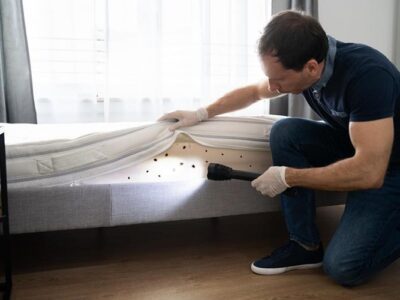
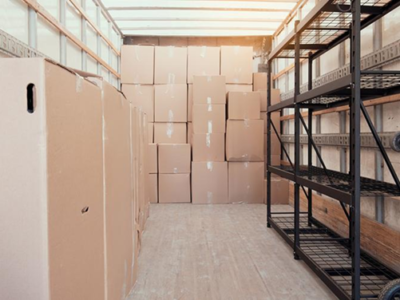
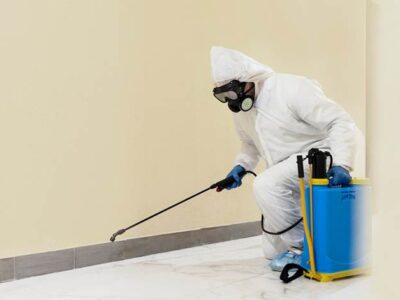
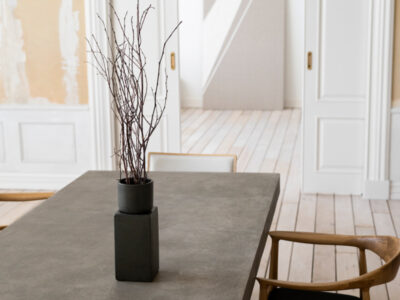

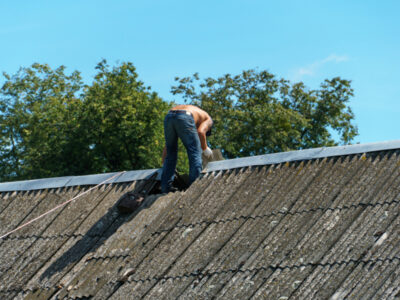
Comments